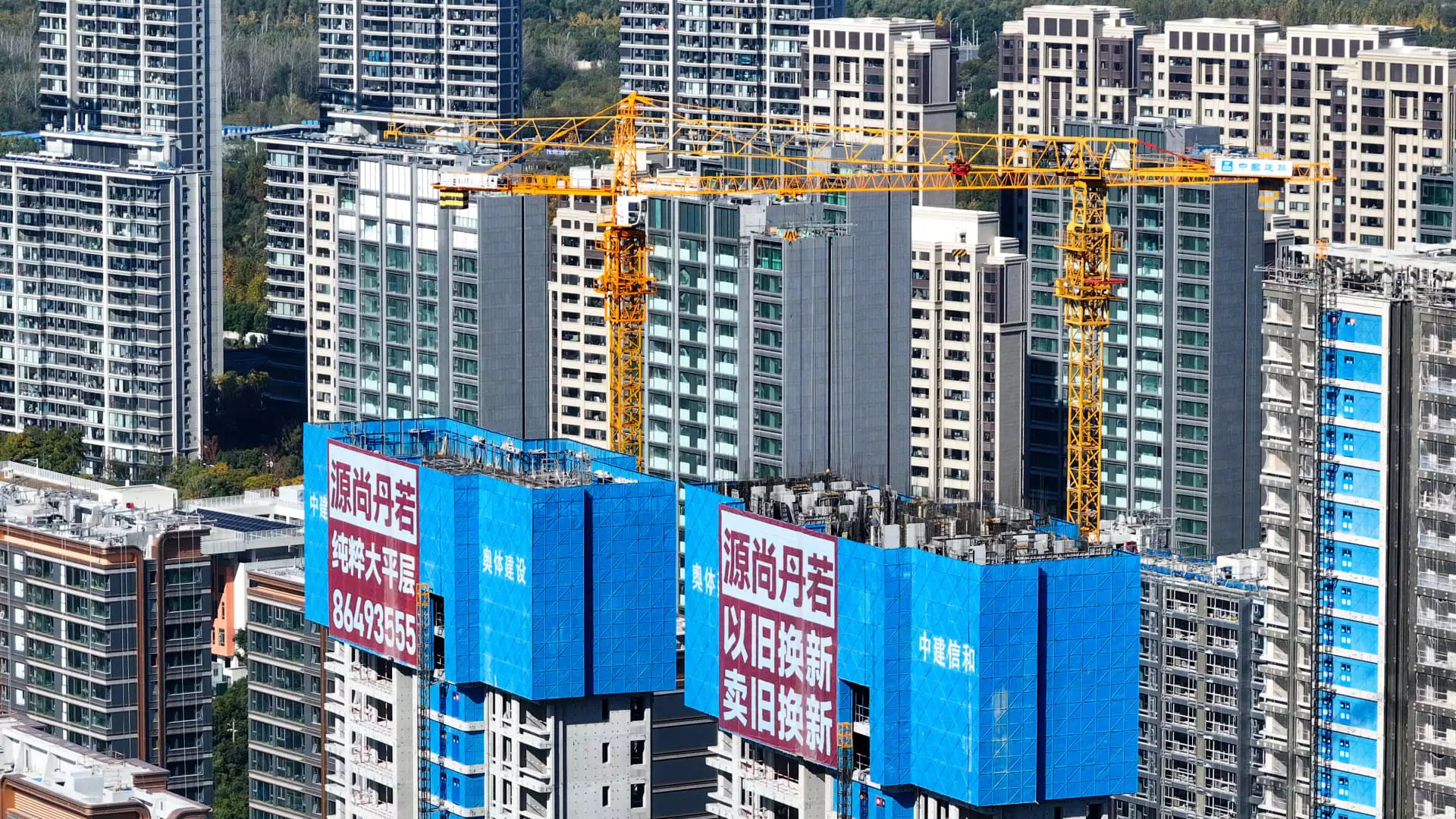China’s economy, the second-largest in the world, is currently navigating through a complex landscape of tentative growth and cautious optimism. Recent efforts to spur economic activity through various stimulus measures have begun to yield improvement in certain sectors like real estate and manufacturing. However, comprehensive and widespread recovery appears elusive, as indicated by data and the outlook of numerous companies operating in China.
In late September, the Chinese government rolled out a series of stimulus initiatives aimed at rejuvenating economic growth. Although there have been signs of improvement in specific areas, the overarching sentiment among businesses remains one of caution. For instance, Meituan, a leading food delivery and travel booking service, recently reported that while their average order value for hotel bookings improved compared to prior months, it still fell short of demonstrating significant growth. Shaohui Chen, the CFO of Meituan, expressed a tempered optimism, acknowledging that the benefits of the stimulus would take time to materialize across various consumption categories. This restrained perspective is echoed throughout the business landscape, with both Alibaba and Tencent executives voicing similar concerns during their earnings calls.
The careful framing of the situation underscores a broader narrative within the Chinese economy: that the current stimuli may not yield the desired effects in a timely manner. This lag in impact is critical considering that these measures are designed not only to meet the government’s near-term growth targets for the year, approximately 5%, but also to ensure long-term stability in an economically volatile environment.
Despite some positive indicators, such as the Caixin Purchasing Managers’ Index reporting an uptick in manufacturing activity, deeper issues remain unresolved. The same index revealed a contraction in manufacturing employment for the third consecutive month, signaling that economic recovery has not yet translated into job creation. Wang Zhe, a senior economist at Caixin Insight Group, pointed out that for recovery to gain traction, both businesses’ confidence and workforce expansion must strengthen. This sentiment hints at a lingering unease about the external environment, particularly amid ongoing geopolitical tensions, which could hamper China’s growth trajectory.
Furthermore, while signs of improvement in retail spending and home sales emerged in recent surveys, they appear to be overshadowed by sustained weaknesses in service consumption. Consumer behavior remains tepid, suggesting that the stimulus, while partially effective, is not sufficient to ignite widespread confidence among consumers or businesses.
External factors complicate China’s recovery plans. The United States continues to impose restrictions on Chinese tech companies, exemplified by recent tariff announcements which threaten to exacerbate trade tensions. The China Beige Book’s recent findings indicate that while certain sectors do show signs of improvement, the general sentiment remains cautious, with businesses expressing a desire for more stimulus in light of rising geopolitical temperatures.
This external uncertainty places additional pressure on China’s policymakers, who are now tasked with not only navigating domestic challenges but also responding adequately to global market dynamics. As China approaches its annual economic planning meeting in mid-December, stakeholders are keenly awaiting specific policy directions that could further stimulate economic engagement and growth.
Looking ahead, it becomes clear that achieving steady economic growth in China requires more than just reactive stimulus measures. As the data suggests, the path to recovery is likely to be incremental. Experts point out that a guiding principle for future policy is expected to be “just enough” rather than radical or overwhelming action. This cautious approach seems aligned with the goals of long-term sustainability, national security, and technological self-sufficiency.
While China’s recent stimuli have initiated improvements in specific sectors of the economy, the broader landscape remains fraught with challenges. Until there is a definitive turnaround in consumer confidence and employment figures, the world’s second-largest economy may continue to tread water rather than experience a full-throttle recovery. Policymakers and business leaders alike will need to exercise patience and strategic foresight as they navigate this period of uncertainty.

